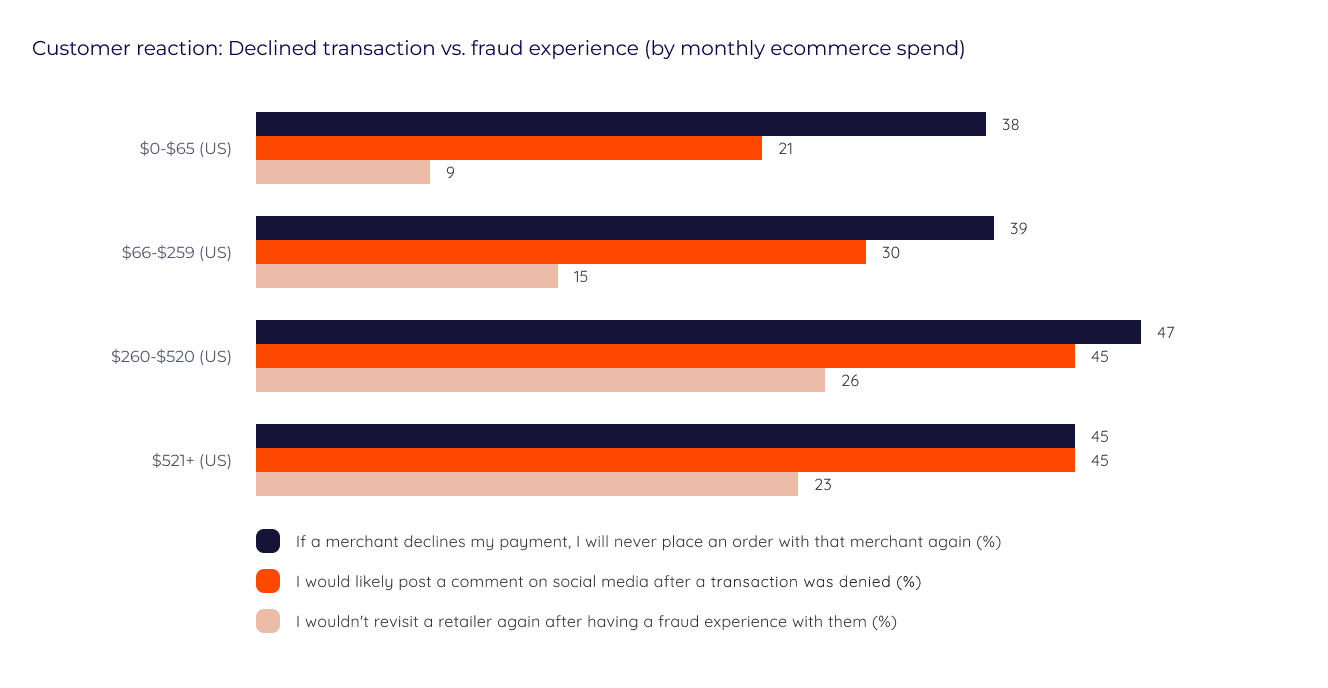The Cost of False Declines
False declines occur when a legitimate transaction is denied by the merchant, usually due to an oversensitive or one-size-fits-all filter on that merchant’s ecommerce platform.
If the transaction is being attempted in person, the consumer must endure the embarrassment of having their credit card declined, as well as the frustration and fear arising from the possibility of their travel being ruined. When the transaction is being attempted online, the resulting frustration is no less upsetting.
False declines also create inconvenience for the customer, as they must then investigate whether something is wrong with their card – not exactly the seamless experience these customers were looking for.
Home
Chapters
Contact





